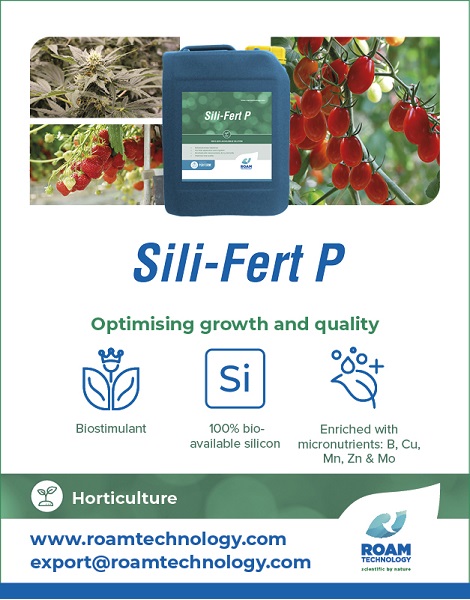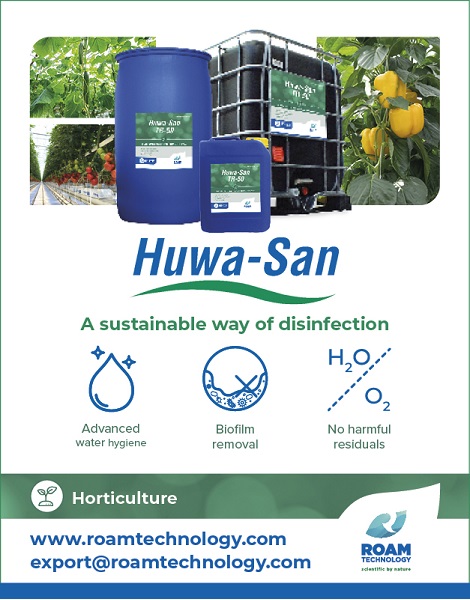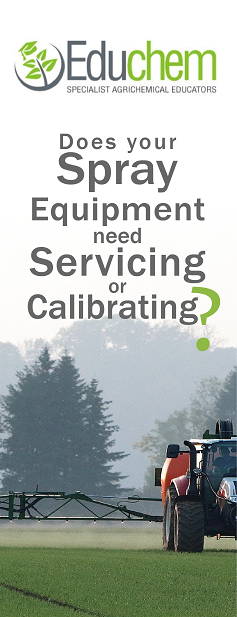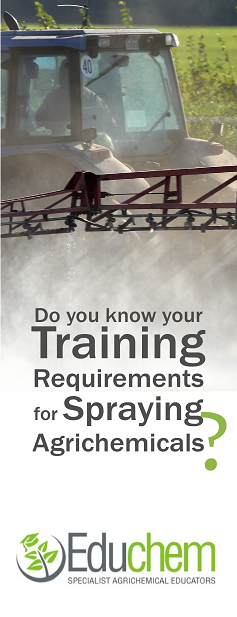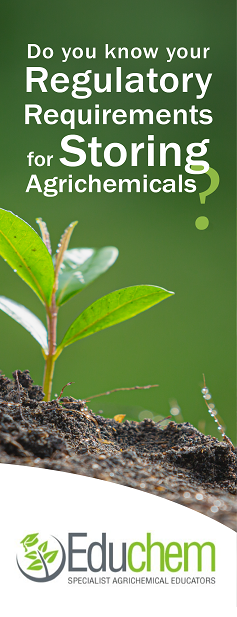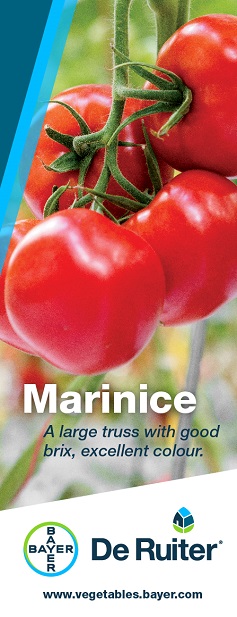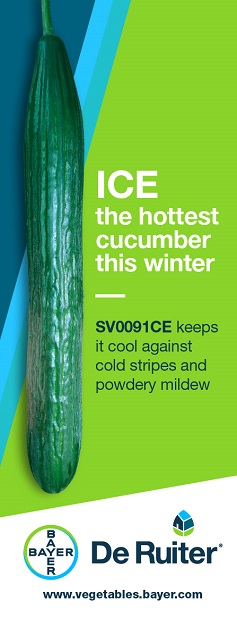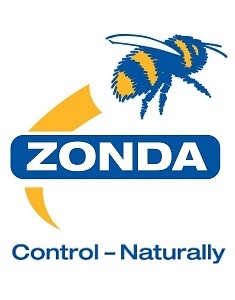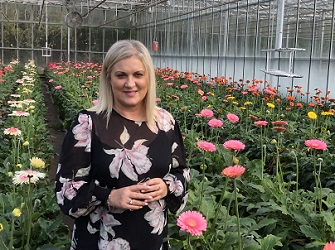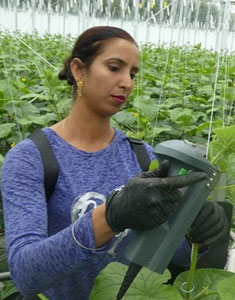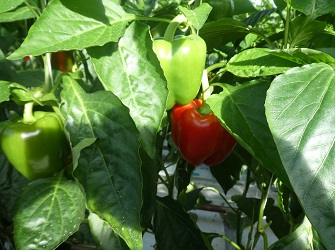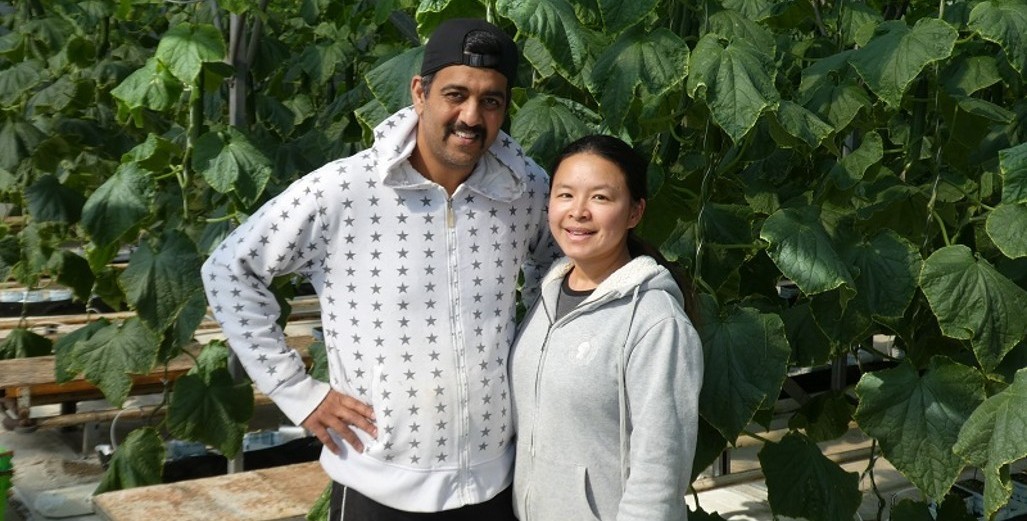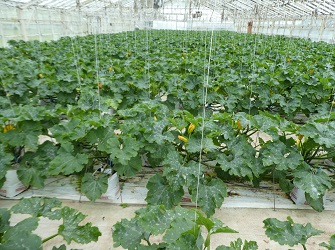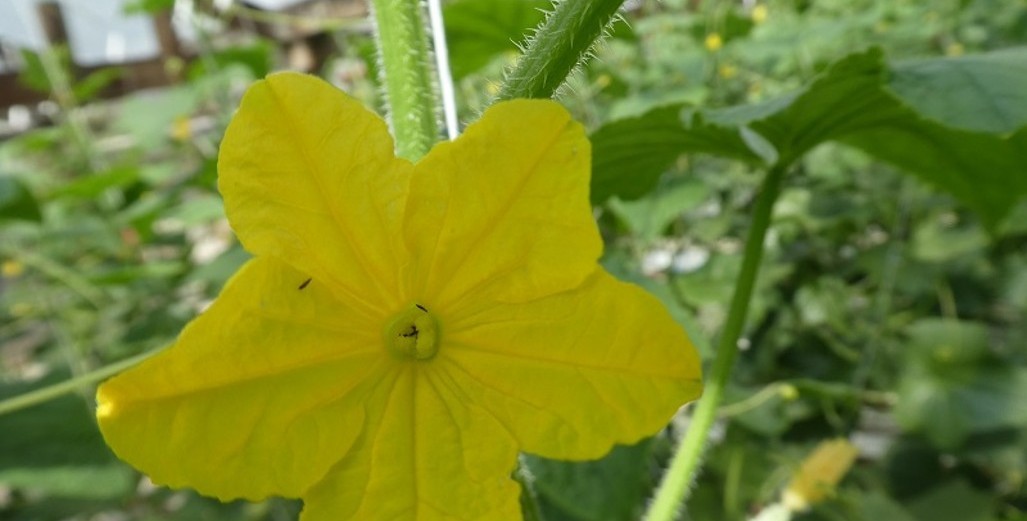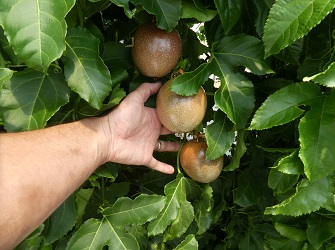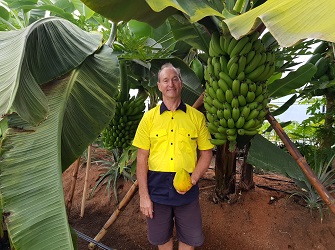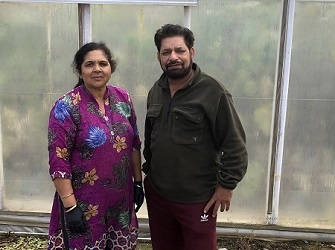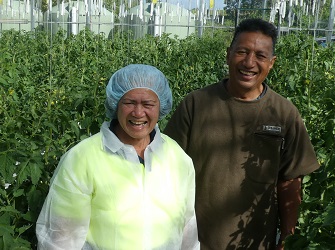Sign up here to subscribe to the Grower2grower Ezine. Every two weeks you will receive new articles, specific to the protected cropping industry, informing you of industry news and events straight to your inbox.
Oct 2024
Is it time to apply coating to the greenhouse?

This may depend on your contractor!
By Stefan Vogrincic,
While advising on a tomato crop this week, the decision was made to apply a diffused coating to the glass of the greenhouse in the coming weeks.
The weather has not been ‘unkind’ so far this spring. It is difficult to put into words, according to crop reports and visual observations, plants are under little or no stress to date this spring. The crop I visited was very strong, verging on vegetative.
To put the last paragraph into context – as an advisor, approaching the last month of spring, I prefer a cucumber or tomato plant with as much vigour as possible. I don’t want a fat plant or overly big leaves. I like a plant that can handle a sudden change in weather but not one that will not suffer from a sudden change of weather, vegetative crops tend to suffer.
When is the right time to apply a coating:
In my opinion apply a coating now, even with a crop that may have gone from a strong generative plant to being on the verge of becoming too vegetative. In the forementioned crop, it has become ‘soft’ and if no coating is applied, I would expect that the plant to wilt and suffer when those typical mega intense spring days take place, they will happen. (Note that irrigation, heating and fruit load are major contributing factors)
While many growers might not apply coatings and the plants can often bounce back, the early stress can set off a chain reaction that affects overall health and productivity later in the season. Visual stress early on can lead to root problems, increased susceptibility to pests, and diminished natural defences.
For cucumber crops, applying a coating in a glasshouse is often essential to prevent light stress. With the high light levels, especially in spring, managing that intensity becomes critical to ensure optimal growth without overwhelming the plants. A diffused coating that allows light to penetrate lower into the crop can promote even growth and reduce hotspots that might cause stress.
It’s also wise to consult with your coating provider about the specific needs of your crop. Different plants, like flowers versus tomatoes, can have unique light requirements, and tailored coatings can make a significant difference. Understanding the right product for your specific situation can help maximize both growth and resilience throughout the season.
Summer is coming, don’t be fooled by the calm before the storm!
For advice contact – stefan@grower2grower.co.nz

CLASSIFIED
Photo
Gallery
Subscribe to our E-Zine
More
From This Category
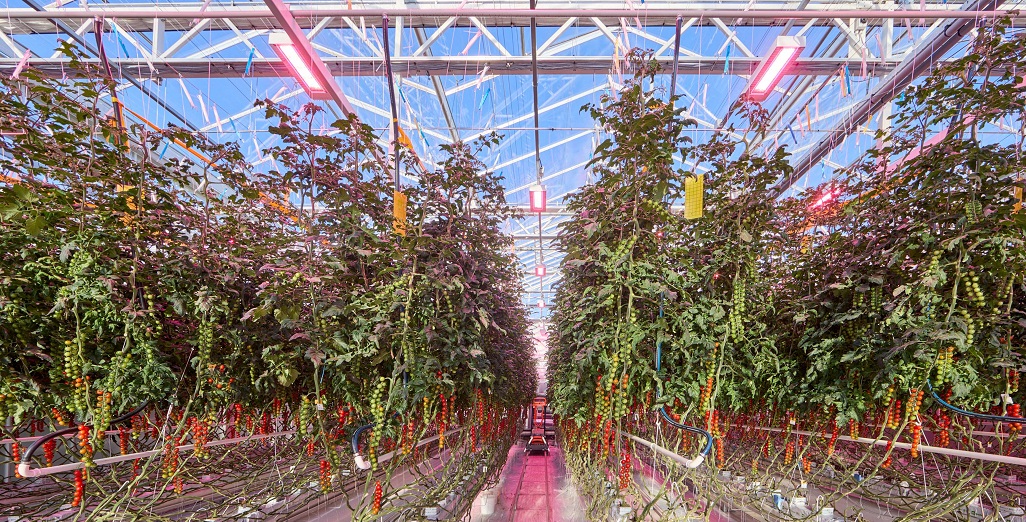
A holistic approach in a full LED tomato trial resulted in a 50% reduction in heat input
AP4 Porometer by Delta-T Devices
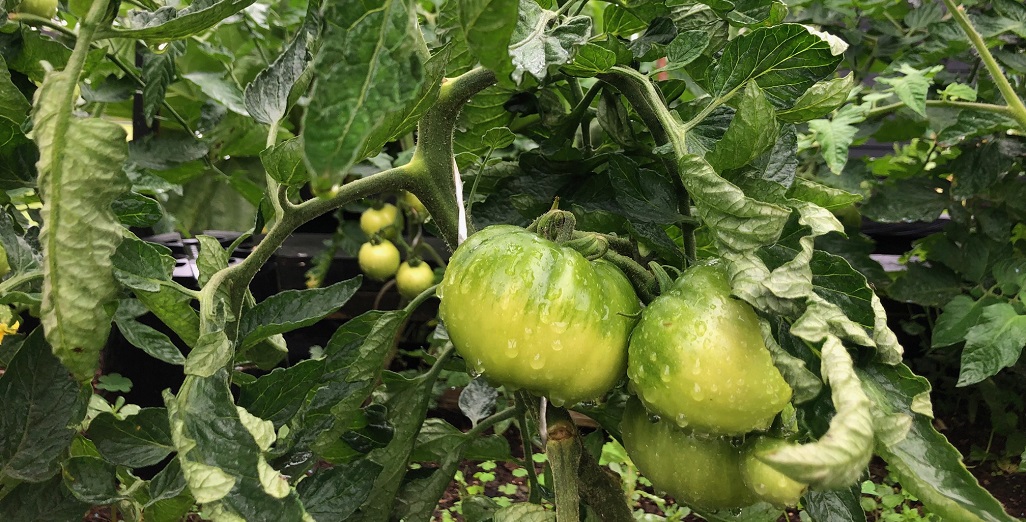
Greenhouse Production in the Future – Mike Nichols
(Video of session now available) Excellent online webinar hosted by De Ruiter/Bayer Australia
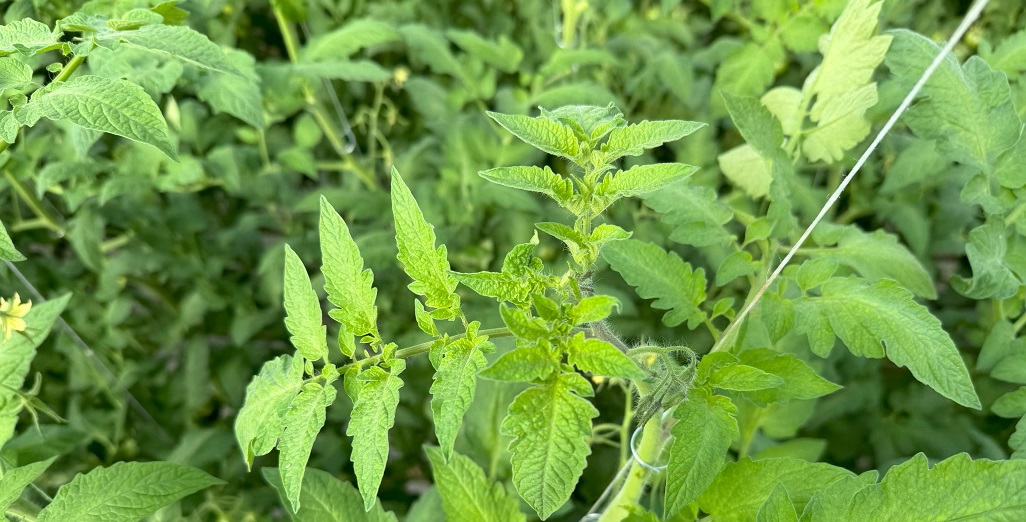
An observation about Chlorosis effecting Tomato Plants.







